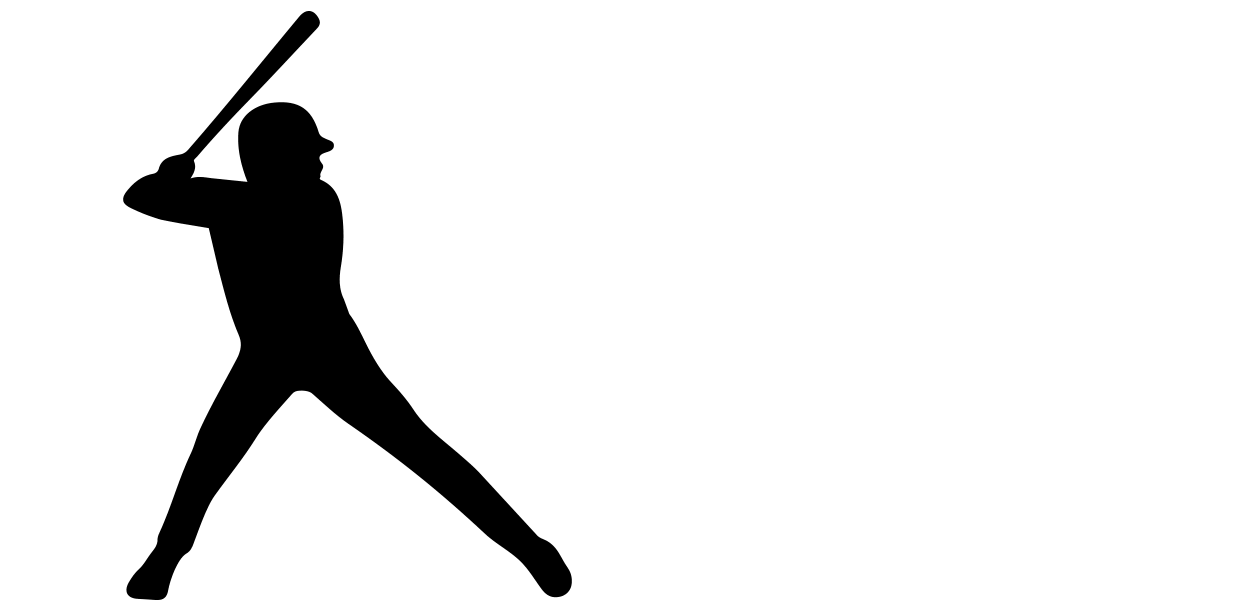Bat Myths Debunked -- Are heavier bats thicker than lighter bats?
Posted on Posted by JP on 27th Oct 2020
The answer is they are exactly the same thickness. If you took any model bat on the market and stripped it of its end cap and all counter weighting in the hands, the "shells" would be identical. Bat
… read more

